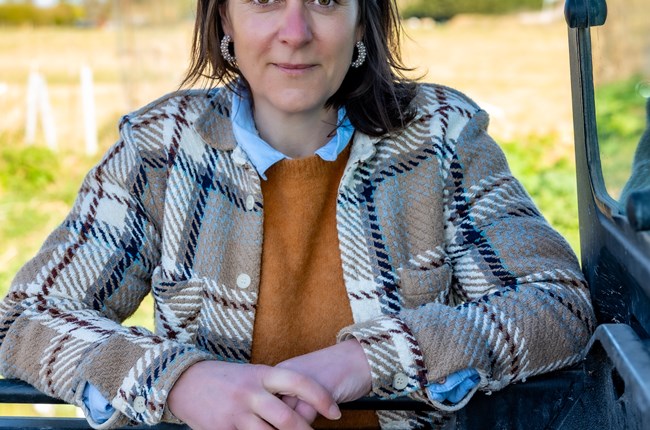
Winter housing for cattle: health and safety considerations for farmers
As we approach the colder winter months, many farmers will be preparing to move livestock indoors. Charlie Neale, Associate Director and Farm Vet at Shepton Vets, and Naomi Clements, Cornish Mutual Claims Leader, share some best practice advice on moving and housing livestock.
There are key times in the farming calendar when workers come into close contact with cattle and other animals. During the autumn and early winter, many animals are moved indoors and each year, Cornish Mutual handles claims relating to injuries caused by livestock, many of which occur while animals are being moved.
Here are some reminders of steps that farmers can take to make the process of moving and housing animals safer for both workers and livestock.
Use the right equipment and handlers to move livestock
Good quality handling equipment and alert, experienced handlers are the non-negotiables. If you have these, even the most temperamental livestock can be handled and moved in an efficient and safe manner.
The most frequent livestock-related claims at Cornish Mutual are the result of injuries, such as torn ligaments or broken bones, sustained when workers are attempting to move animals. These incidents can occur when, for example, an animal kicks or a worker’s hand is crushed between a cow and a wall. As well as being distressing in themselves, employee accidents can result in farmers facing employer liability claims.
Poor quality handling equipment is one of the most common causes of injury on farms that Shepton Vets sees. A prime example is when an animal applies pressure to a gate tied with bale string, the string snaps and the gate swings at high speed towards the person who is standing at the other side.
Ensure housing is well maintained
Once cattle are housed they should be safe from the elements. However, poorly maintained yards and sheds can be more dangerous than remaining outside.
Shepton Vets advises farmers to ensure roofs and gutters are clean, free of debris and in a good state of repair. Any electrics in the sheds should be well protected from the elements. Yards should be well grooved, with effective drainage. Contingency plans, such as having road salt available for significant ice or snowfall in yards and spare roofing sheets (particularly Perspex, which is prone to cracking in cold weather or in hail storms) are advisable. Having easy access to gutters and electrics within sheds will help ensure farmers are prepared to deal with any unexpected weather events.
By far the most common issue Shepton Vets sees when animals are housed for winter is pneumonia, and youngstock are especially vulnerable. Ensuring the shed allows good ventilation is the key to prevention. Other steps, such as vaccination against pneumonia, bedding choice and cleaning-out policies can also help.
For more guidelines on livestock housing, AHDB, Teagsc and CowSignals provide some excellent resources.
Carry out health checks and ensure treatments are up to date
If testing indicates that worming and fluke treatment is needed, shortly after housing is an optimal time. This is because re-infection after treatment is unlikely to occur since animals will no longer be grazing the area that they are also defecating on.
This can also be a good time to administer other treatments, such as vaccinations, since animals are already being handled.
The most basic health check which can be carried out as animals are housed is mobility scoring (checking for lameness) and body condition scoring (checking weight). This should be done with all animals, regardless of species or breed. Further checks can be completed if equipment and expertise allow. These include blood sampling for trace elements, weighing using livestock scales and pregnancy diagnosis.
Lameness is more prevalent in housed cattle, so this is also something to be aware of over the winter. Preventative footbathing for digital dermatitis is well advised, and monitoring feet for signs of lameness or overgrowth and trimming as necessary, will also help prevent more serious issues.
Prepare animals for a change in diet
The winter months can be a challenging and stressful time for stock in terms of metabolism. Often, they are moving from fairly poor quality autumn grazed forage to some of the highest starch and protein feed that they’ll eat all year.
Technically, the housed diet will provide more nutrients, but it is often poorer for rumen health. Transitioning ruminants between diets is key, whether this is from grazing to housing or between different housed rations. It is advisable to start feeding some of the housed ration to animals outside, three weeks prior to them coming in. This allows the rumen to start adapting to the new ration.
As with any activity on the farm, taking time to plan and carrying out regular risk assessments on any livestock handling activities will ensure a successful transition, less stress for the animals, and reduce the risk of injuries to both livestock and those working with them.












